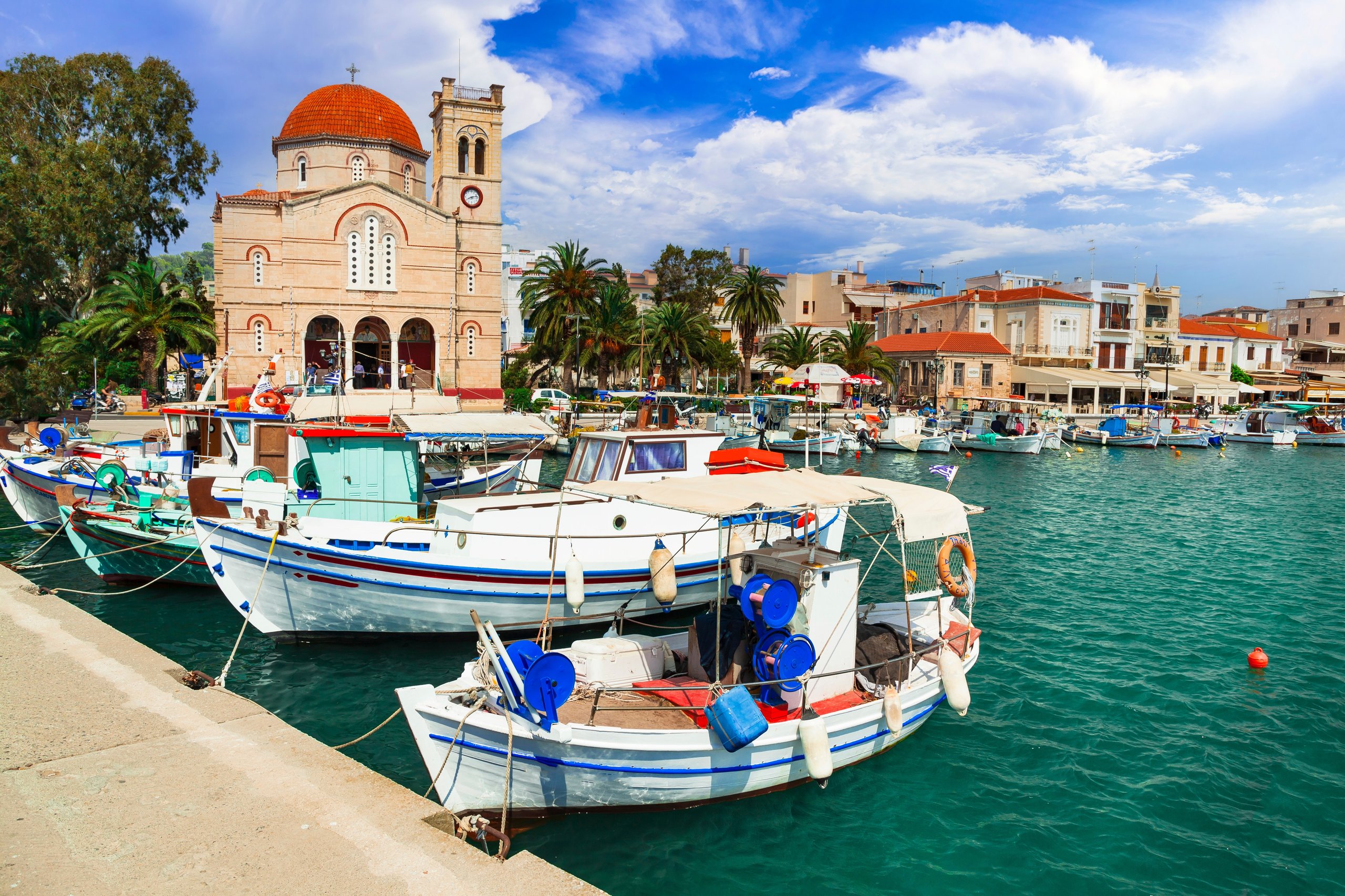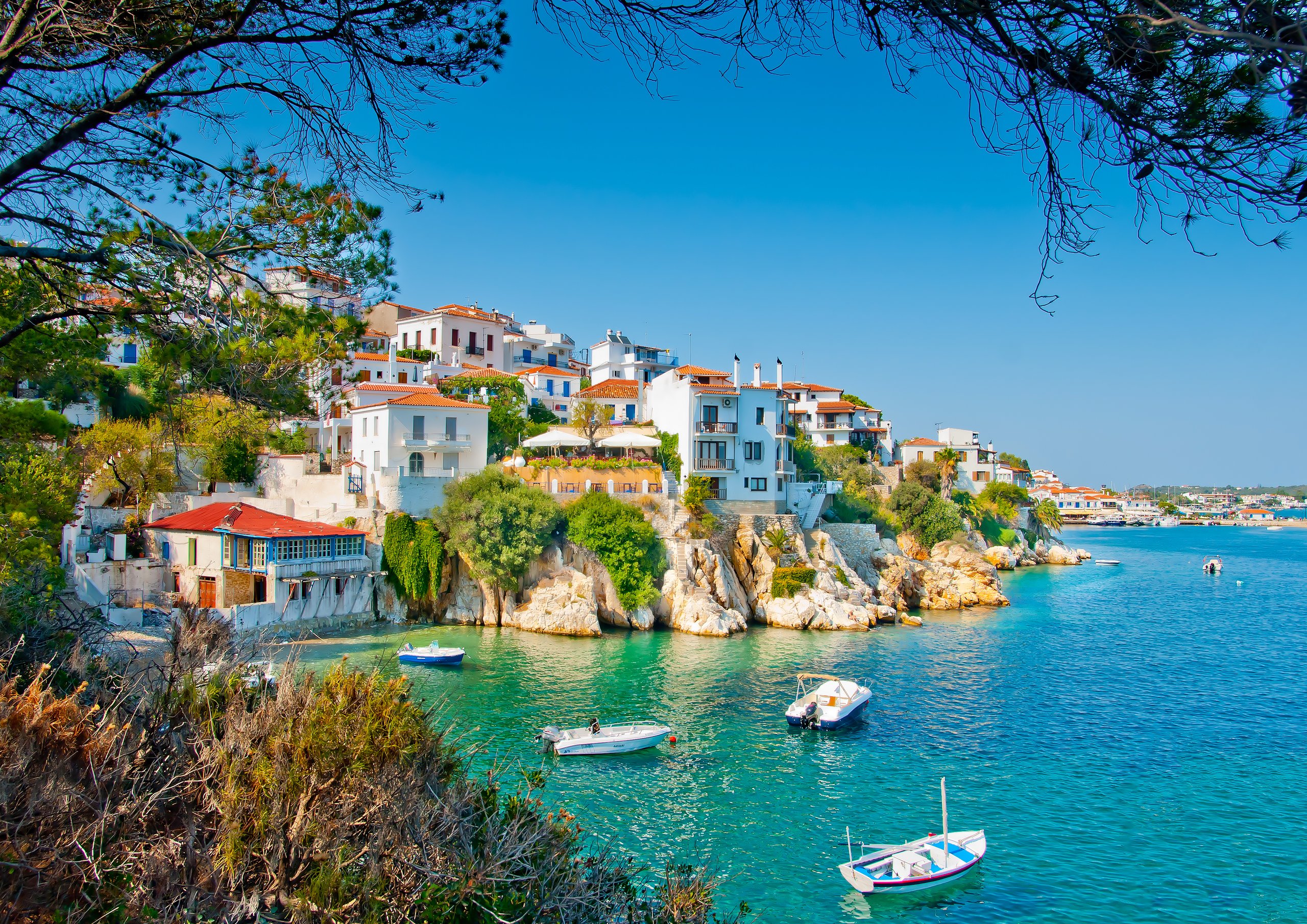Cyprus may be a small island, but when it comes to getting from A to B, it offers a variety of ways to travel. Whether you prefer the independence of driving your own car or want to rely on local public transport, options are available to suit every lifestyle. With English-speaking road signs, left-hand driving and a continuously improving bus network, transport in Cyprus is often simpler than newcomers expect.
For those who love exploring quiet beaches, mountain villages and archaeological sites off the beaten track, having a car opens up the full experience of island life. But if you live in a city and aren’t planning frequent road trips, buses and bicycles might serve you perfectly well. This guide will help you understand the pros and cons of each option in 2025, so you can settle in and get travelling with confidence.
Contents

Do you need a car in Cyprus?
If you plan to live in a rural area or want the freedom to explore the island at your own pace, having a car in Cyprus is highly recommended. The public transport system, while improving steadily, is better suited to urban areas. Outside the towns and cities, bus services become patchier, and timetables can be limited.
Driving in Cyprus is also very straightforward – especially for British nationals. The island follows left-hand drive, road signs are in English and Greek and fuel prices remain competitive across the EU. If you come from the UK, you’re likely to find the transition to Cypriot roads refreshingly easy.
That said, if you’re living in Limassol, Larnaca or Nicosia and mostly commuting within the town, you may find buses and taxis sufficient. There’s also a growing car-sharing and bike rental network in cities, offering more eco-friendly alternatives.
At the end of the day, whether or not you need a car comes down to your location, lifestyle, and how often you venture outside of town.
For a more detailed look at purchasing property abroad, grab your free copy of our Cyprus Buying Guide:
Download the Cyprus Buying Guide
Driving in Cyprus today
As of 2025, transport in Cyprus has improved significantly thanks to better infrastructure and ongoing investment in smart road systems. The country now boasts the highest number of motorways per capita in the EU, with major routes linking the island’s key cities: Limassol, Larnaca, Nicosia, Paphos and Ayia Napa.
Most vehicles in Cyprus are automatic, and second-hand car dealerships are common – which helps if you’re not shipping over your own vehicle. If you do bring your car with you from abroad, be sure to check import and registration rules, which vary based on whether you’re an EU resident or not.
Parking is generally straightforward, especially outside busy town centres. Many homes and apartment blocks include allocated parking, and shopping centres offer ample space. However, in city centres, free parking is harder to find, and using paid car parks or walking a short distance may be necessary.
Driving is often favoured by expats because it offers full control, especially if you’re making regular visits to the beach, shops or airport. It’s also ideal for spontaneous weekend getaways – from mountain villages to coastal coves.
What to know about Cypriot roads
Road conditions in Cyprus today are generally very good – especially on the motorways and main roads. Potholes and uneven surfaces can still crop up on smaller, rural roads, especially in the mountains or less developed areas, so take care when venturing off the main routes.
One of the biggest perks of driving in Cyprus compared to places like the UK is the lack of traffic. Even during peak times, congestion is minimal by British standards. The motorway system, introduced in the late 20th century, has been well-maintained and does an excellent job of keeping city links fast-flowing.
It also helps that Cyprus is compact. The island is under 100km wide, meaning that on most days, you’re only ever an hour or two away from your destination – wherever it might be.
Town centres have seen an increase in pedestrianisation in recent years, especially in cultural quarters. Check local signage when parking, as fines are enforced by local police and can be issued quickly. In general, the rules are sensible and fair – and good driving etiquette goes a long way.
Road tax and emissions
In Cyprus, vehicle circulation tax – also known as road tax – is based on the car’s carbon dioxide (CO2) emissions, making it similar to many Western European countries. This policy encourages owners to switch to lower-emission vehicles, including hybrids and fully electric cars.
If your car emits less than 120 g/km of CO2, you’ll pay a lower annual fee. By contrast, more polluting vehicles attracting over 250 g/km can come with a steeper tax bill. As of 2025, electric vehicles (EVs) registered in the country continue to benefit from full road tax exemption and several government incentives, including grants for home charging points (subject to scheme availability).
To pay road tax, your vehicle needs a valid biennial roadworthiness inspection certificate (equivalent to an MOT). You can choose between a six- or 12-month licence, and payment can be made online, at banks or at Citizen Service Centres.
The government regularly updates emission categories. Check the Department of Road Transport for recent rates and requirements before buying a car, particularly if you’re importing one from abroad.
Speed limits and legal rules
Cypriot driving rules are easy to follow and similar to other European systems. However, there are some key numbers and rules you need to know before hitting the road:
- Built-up areas: 50 km/h (some residential roads allow 65 km/h).
- Rural areas: 80 km/h.
- Motorways: Up to 100 km/h.
- Minimum motorway speed: 65 km/h.
Exceeding limit signs is taken seriously, and speed cameras are increasingly common in cities and on major roads. Automatic fines are mailed to your registered address.
Other road rules include:
- Seatbelts are mandatory for all passengers.
- Using a mobile phone without hands-free is illegal.
- Smoking in cars carrying passengers under 16 is prohibited.
- Eating or drinking while driving is not allowed.
- The legal blood alcohol limit is 0.049%. Police regularly conduct breathalyser checks.
- Children under five cannot sit in the front seat.
- Minimum driving age is 18.
Penalties for breaking these rules can include on-the-spot fines, licence points or even temporary driving bans. Stick to the rules, and you’ll find driving here pleasantly straightforward.
Public transport in Cyprus
Public transport in Cyprus has seen major improvements over the last 10 years, especially in urban areas like Nicosia, Limassol and Larnaca. While there’s no railway system on the island, buses remain the primary form of public transport.
In city centres, buses are clean, reliable and affordable. Services typically run from around 6am to 7pm, with reduced timetables on weekends and holidays. A single local fare is usually €1.50. Passes are also available – you can get a day pass for €5 or a weekly travel card for €20, valid across regular routes.
Intercity buses provide connections between major towns, often using air-conditioned coaches. These are popular with students, workers and visitors, and they’re a great way to relax while someone else does the driving.
In addition to buses, Nicosia has a growing bike-sharing network, and coastal cities offer plenty of cycle lanes for short trips. While the transport system won’t cover every nook of the island, it’s a cost-effective solution for everyday commuting or weekend travel.
Airports and international travel
Cyprus is served by two main international airports: Larnaca International Airport and Paphos International Airport. Both are well-equipped, modern and upgraded to handle the country’s popularity with residents, tourists and business travellers.
Larnaca, located on the southeast coast, is the country’s busiest terminal and the hub for most mid-range and long-haul flights. If you’re flying to central or eastern cities, this is the airport you’ll likely use.
Paphos, on the western side, caters more to budget airlines and seasonal holiday routes from the UK and Europe. You’ll often find cheaper fares here during peak travel months.
2025 continues to see expansion of direct flights to and from major European cities, and some services beyond Europe – particularly to the Middle East. Flights are frequent and airport facilities are good, including car rental counters, food courts and currency exchange.
To make international travel even easier, long-term residents often sign up for airline loyalty programmes and airport lounge access cards. Frequent flyers will benefit from planning ahead during holiday periods, when terminals can get especially busy.
Still in the early stages of planning your dream home in Cyprus? Speak to one of our expert consultants today and let us help you navigate the process step-by-step – from transport logistics to purchase guidance.
FAQs about transport in Cyprus
It depends on your location and lifestyle. A car is recommended for rural living or exploring the island, but in cities like Limassol or Nicosia, public transport, taxis and car-sharing services can be sufficient.
Yes. Cyprus follows left-hand driving and has English road signs, making it an easy adjustment for British drivers. Roads are well-maintained, and traffic is relatively light compared to the UK.
Speed limits are 50 km/h in built-up areas, 80 km/h on rural roads, and 100 km/h on motorways. The minimum motorway speed is 65 km/h. Speed cameras are in use and fines are enforced.
Yes. Cyprus has a reliable bus network in cities and between towns. Local fares are low and travel cards are available. There are no trains, but intercity buses and bike-sharing schemes offer alternatives for urban travel.
Cyprus has two international airports: Larnaca and Paphos. Larnaca handles most long-haul and business flights, while Paphos is popular with budget airlines. Both airports offer modern facilities and car rental services.









